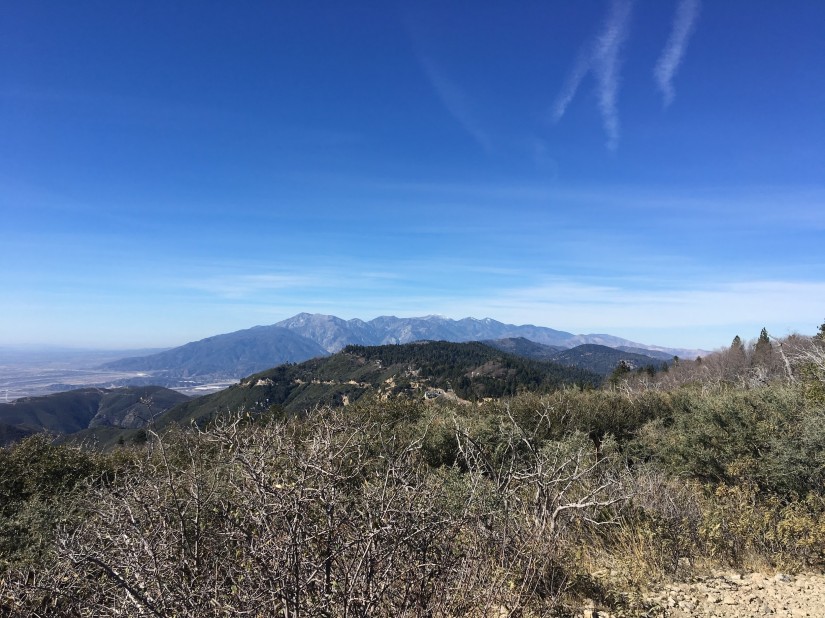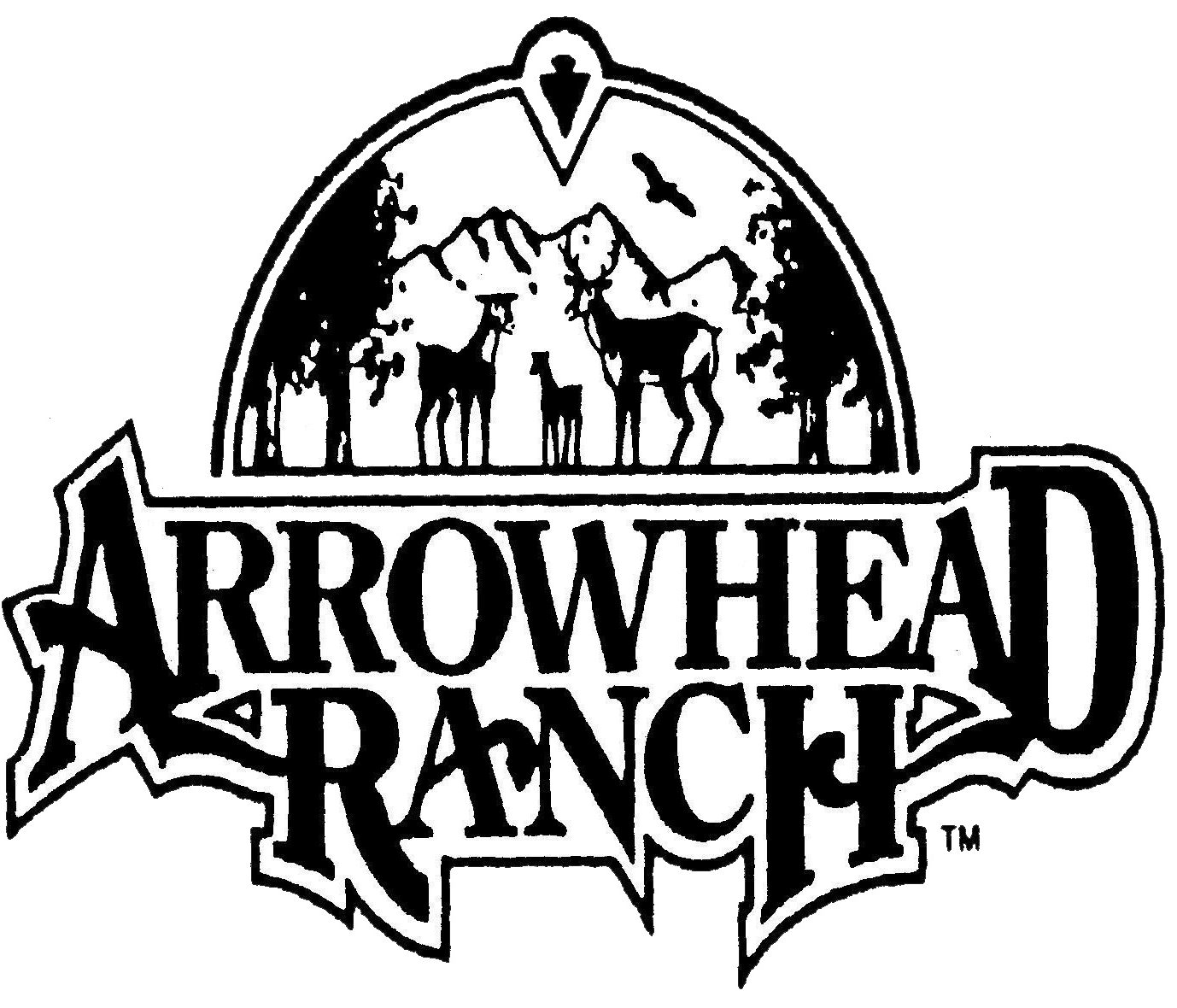Today we’re going to talk about various geological formations at Arrowhead Ranch and how they were formed! Below, in the first picture, you are able to see Mount Baldy, a mountain visible from Strawberry Peak. Mount Baldy is part of the San Bernardino mountain range but is in fact on the opposite side of the San Andreas fault. The San Andreas fault is where the Pacific and North American tectonic plates meet and create a transverse boundary. A transverse boundary is where two tectonic plates slide against each other. The motion of two plates sliding against each other can cause earthquakes, which is why California has so many.

In the next picture you are able to see a variety of rocks and minerals that can be found at Arrowhead Ranch. The difference between a rock and a mineral is that rocks are made up of minerals which in turn are made up of elements. One of the most common rocks found at Arrowhead Ranch is granite, which is the most common intrusive igneous rock and also makes up the bulk of the continental crust. An intrusive igneous rock is a rock which cools beneath the earth’s surface. Because it cools beneath the earth’s surface, intrusive igneous rocks have larger crystals, which can often be seen. The granite seen around Arrowhead Ranch often contains three common minerals: mica, quartz, and feldspar. Mica is a flaky and black, quartz is a colorless mineral composed of silica, and feldspar is the one of the most common minerals in the world and can appear either white, pink, red, or even gray. In contrast to intrusive igneous rock such as granite, there are extrusive igneous rocks such as obsidian, a glassy black mineral often found in arrowheads, which cool quickly and hardens without crystals.


